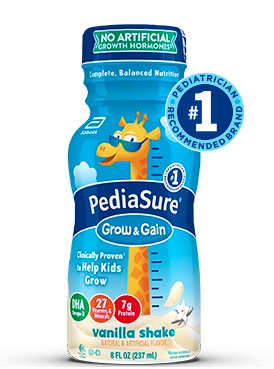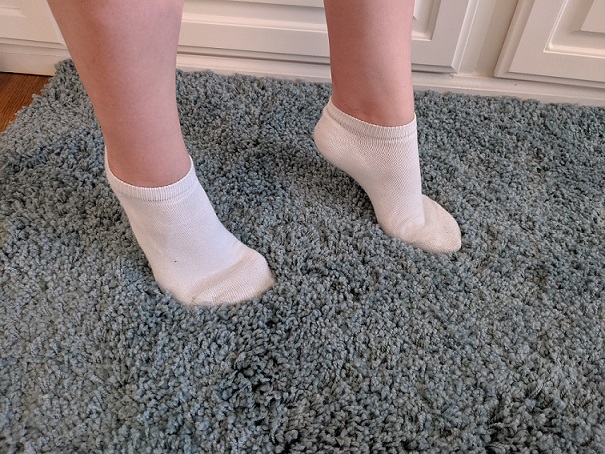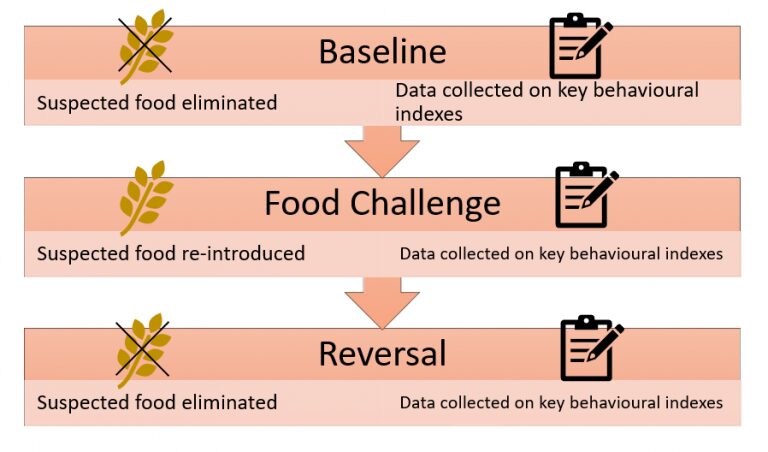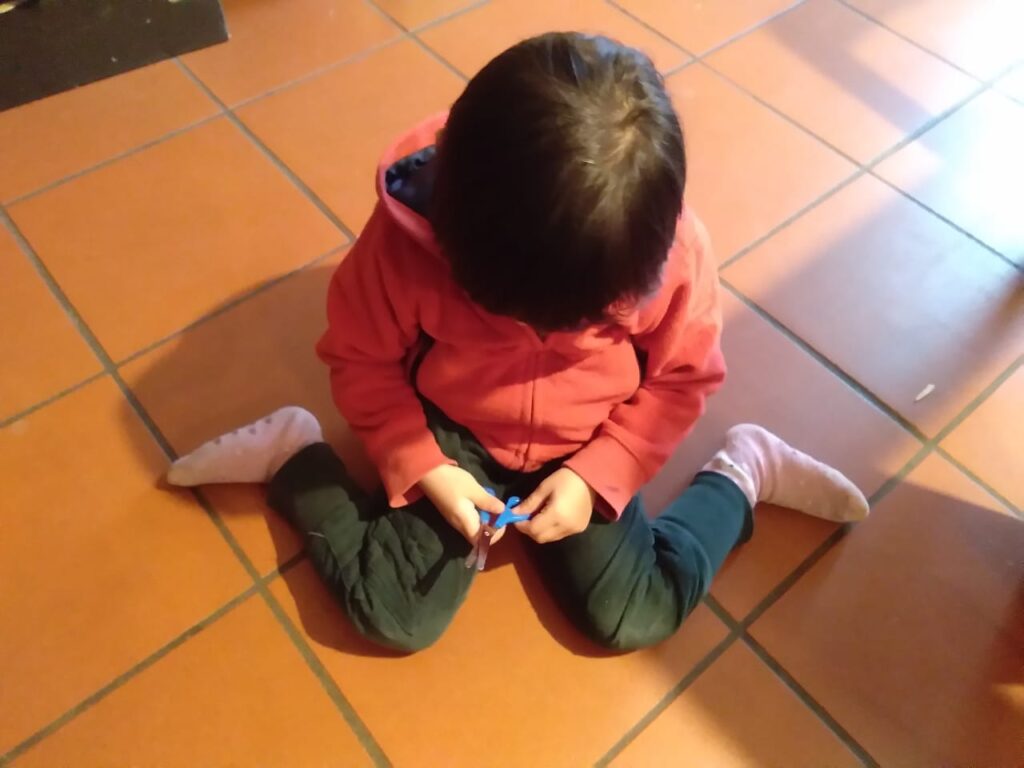Typical Milestones in the Development of Speech and Language

Age Receptive Skills Expressive Skills Birth Turns to source of sound Shows preference for voices Shows interest in faces Cries 2 to 4 months Coos Takes turns cooing 6 months Responds to name Babbles 9 months Understands verbal routines (wave bye-bye) Points Says ma-ma, da-da 12 months Follows a verbal command Uses jargon Says first […]
Chelation For Autism: Why Should Be Avoided

Chelation therapy is a series of intravenous infusions containing EDTA and various other substances. It is falsely claimed to be effective against autism, cardiovascular disease, and many other diseases and conditions. Because chelation has valid use in some cases of heavy metal poisoning, some practitioner falsely diagnoses lead, mercury, or other heavy metal toxicity to trick patients […]
Ideas For Physical Activities For Children At Home

Physical activity is essential for children’s development. Children who are physically active every day are happier, healthier and learn faster. Physical activity improves mood and, in turn, reduces difficult behaviours. According to paediatric guidelines, children should be physically active every day throughout the day for at least three hours, including light physical activities such as […]
Pediasure – Is It Really What Your Picky Eater Needs to Grow?

PediaSure is manufactured by the pharmaceutical giant Abbott, and although originally formulated for under- and malnourished children, is increasingly being marketed in Indonesia as a meal replacement/supplement which “is clinically proven to help kids grow” and can “balances your picky eater’s uneven diet”. The idea of replacing a full meal with a sweetened drink is indeed […]
Why Diet For Autism & ADHD Should Be Supervised By Qualified Professionals

Proper nutrition is important for every child and when a child has a developmental disorder, such as autism or hyperactivity, proper nutrition becomes even more vital. Dietary interventions for Autism and ADHD aim to:• Provide the appropriate intake of nutrients (vitamins, proteins, energy, minerals, fat, fiber);• Identify food allergies or intolerances, and eliminate allergenic foods […]
Toe-Walking

Toe-walking is a pattern of walking where children walk on the toes or the balls of the feet. It is fairly common in children learning to walk. Most children will outgrow it, acquiring a typical heel-to-toe gait by 3 years old. Clinical implications of toe-walking Although toe-walking can be a normal variant in child gait […]
Single-Blind Food Challenge Test for Food Sensitivity in Children with Autism and Hyperactivity

Single-Blind Food Challenge Test for Food Sensitivity is one of the best practices in the diagnosis of food intolerance and it is inferior only to the double-blind placebo-controlled food challenge model. Benefits Single-Blind Food Challenge Test can help to determine if food sensitivities are contributing to behavioral and cognitive disorders. It is a useful guide […]
W-Sitting: When It Is OK and when It Is Not OK

When w-sitting, children sit with their bottom between their legs and with the feet splayed out to the sides. Physical therapists, occupational therapists, teachers, physicians, and online parent resources generally caution parents against w-sitting, linking it to a number of orthopedic problems. However, evidence supporting the link between w-sitting and negative effects is substantially lacking […]
